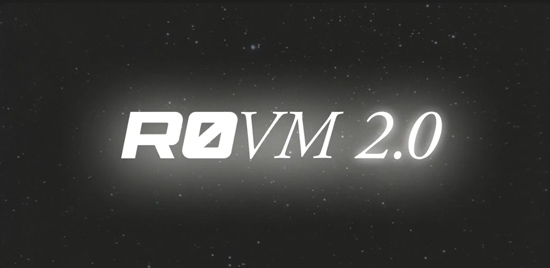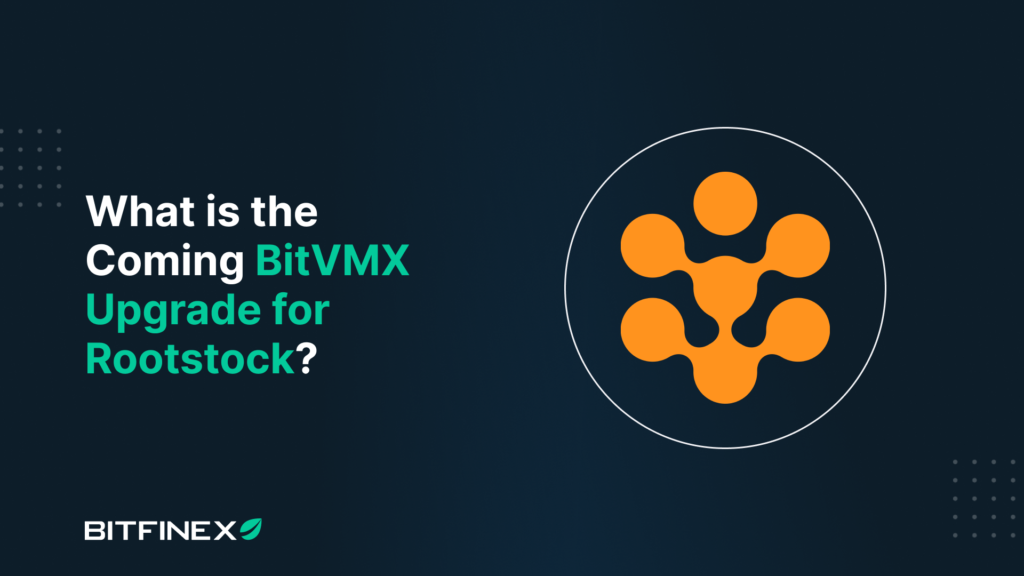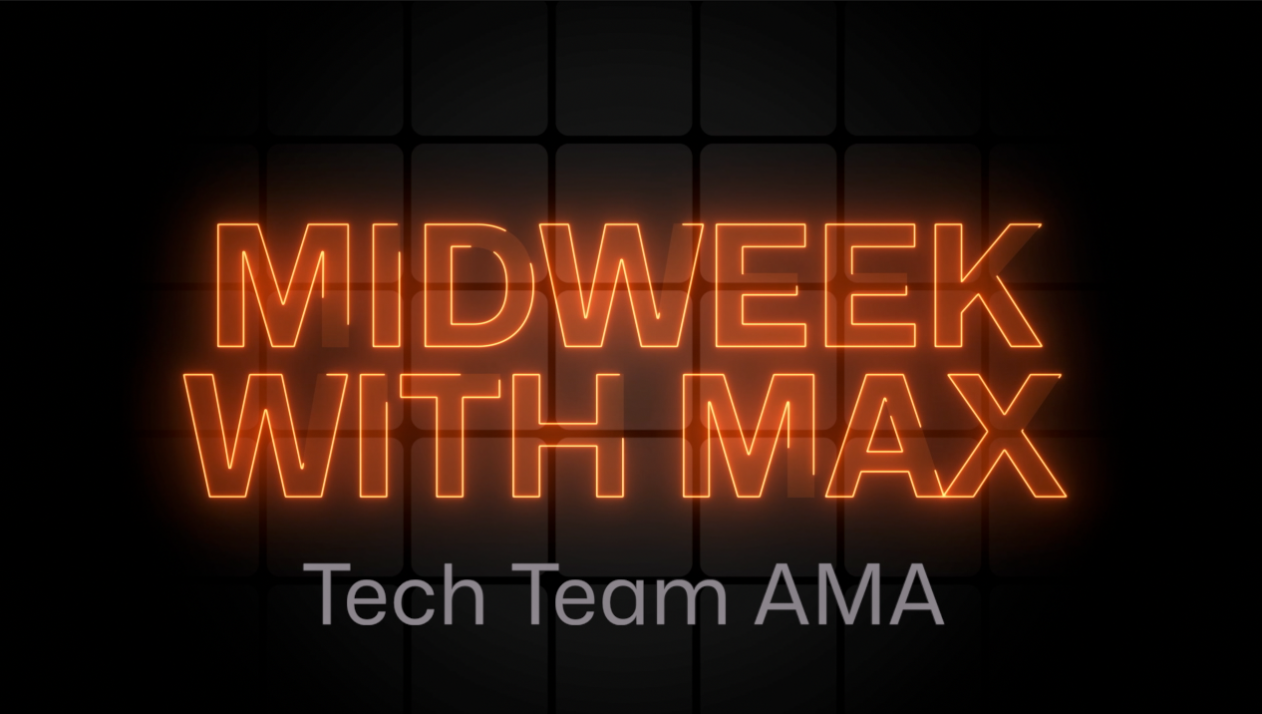Computing on Bitcoin #35
April 17, 2025 - Week 16
Welcome back to another edition of Computing on Bitcoin News!
Each week, we explore the most relevant articles on programmability, scalability and everything related that is enhancing innovation on Bitcoin.
Take a look at this week's selection:
That’s all for this edition. We hope these insights helped you stay ahead!
We look forward to seeing you next Friday with more updates.
The Fairgate Team











